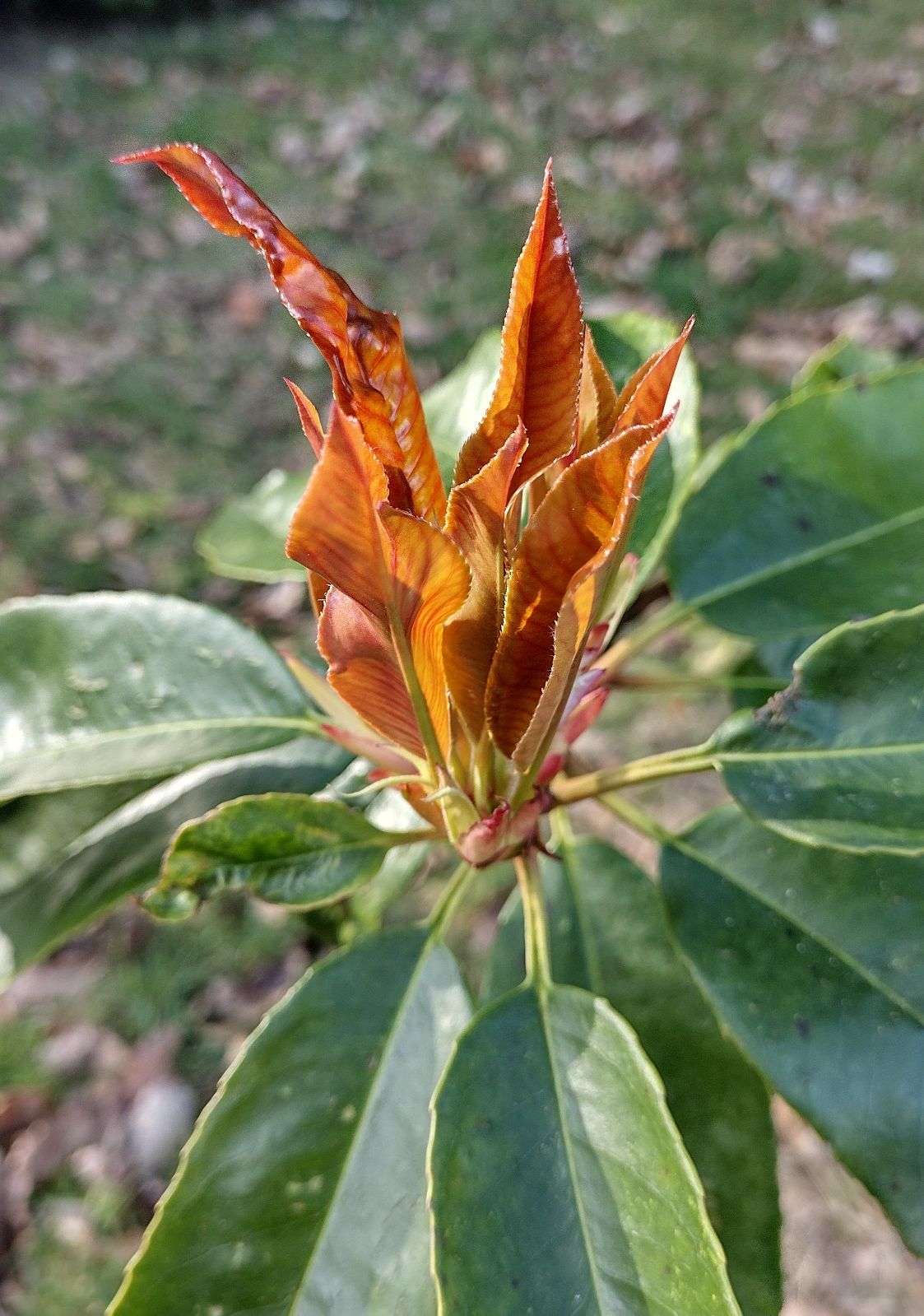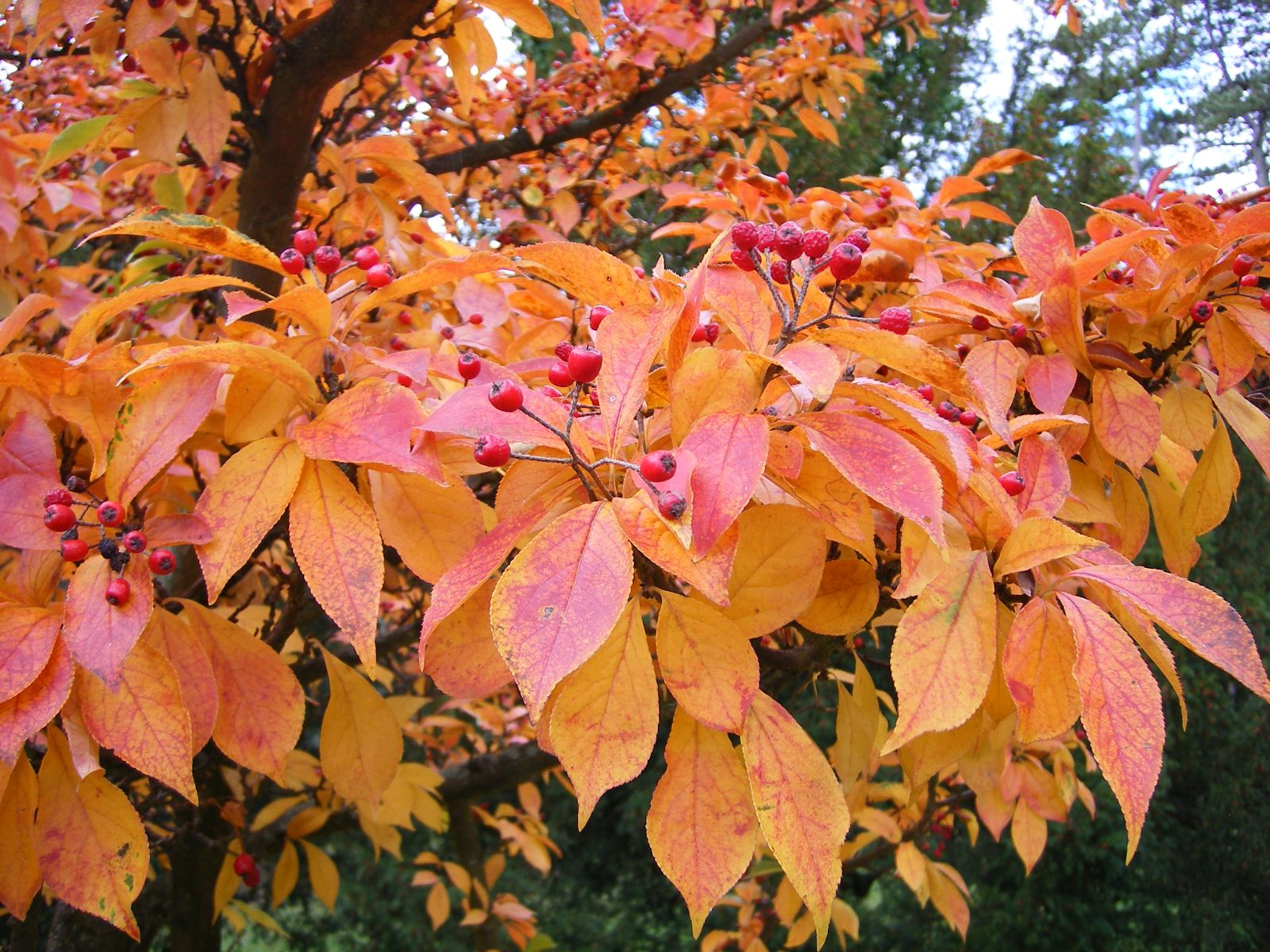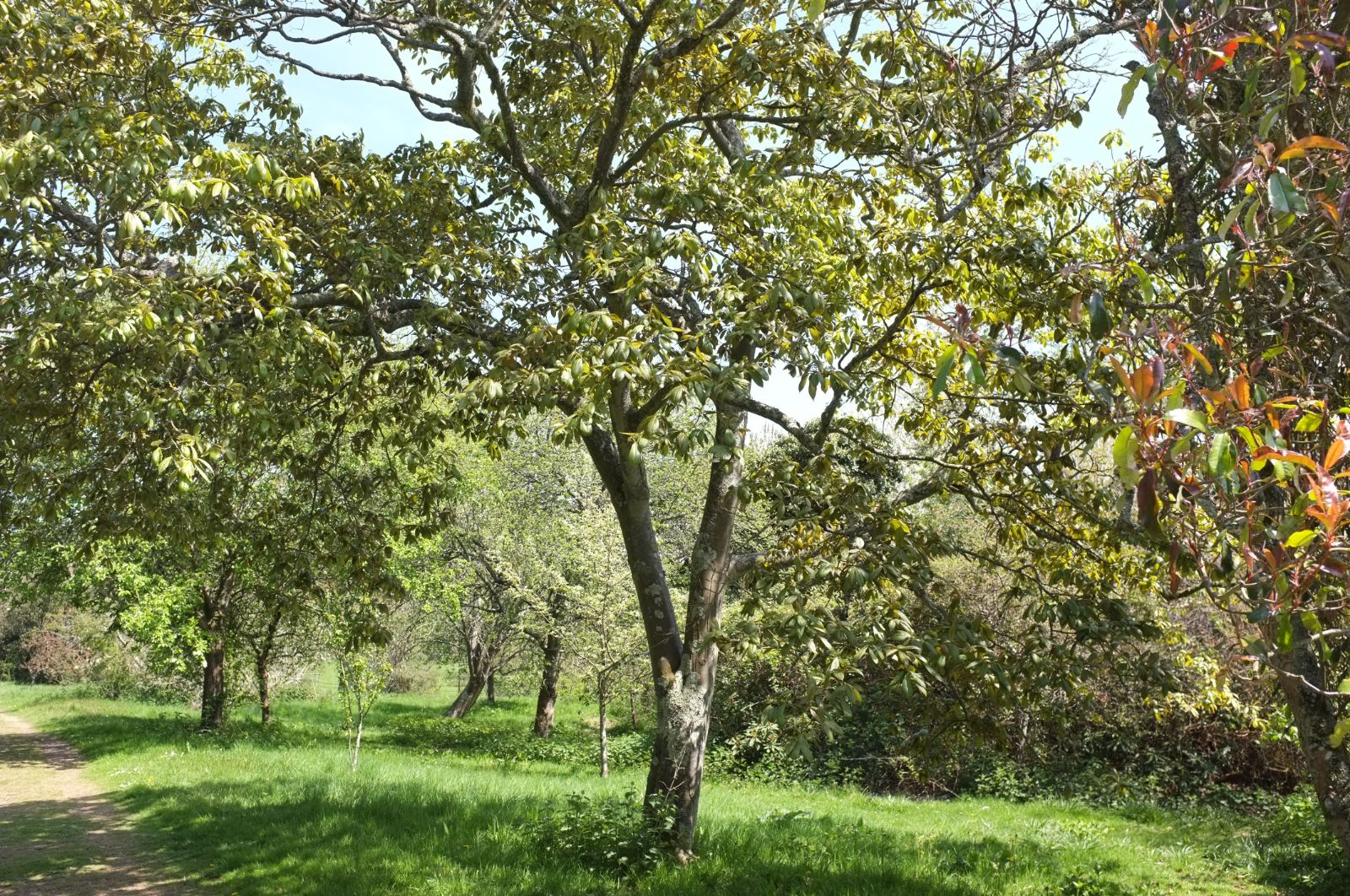Photinia
Credits
Article from Bean's Trees and Shrubs Hardy in the British Isles
Recommended citation
'Photinia' from the website Trees and Shrubs Online (treesandshrubsonline.
Family
- Rosaceae
A genus of about sixty woody species in E. and S.E. Asia, extending westward into the Himalaya; one species in western N. America. It belongs to the same group of the Rosaceae as Malus, Sorbus, Crataegus, etc., in which the fruits consist of up to five carpels, surrounded by, and more or less merged with, the fleshy calyx-tube. Leaves evergreen or deciduous, alternate, simple. Flowers white, in corymbs or panicles; petals five, spreading; stamens up to twenty; styles mostly two; carpels united with the calyx-tube for most or all of their length. Fruits small, red, fleshy, with persistent calyx-lobes.
The photinias like a warm soil, not too heavy and close. The evergreen species grow well on chalky soils, and some are particularly valuable for that reason (see P. × fraseri, p. 156); but the deciduous species need a neutral or acid soil. Propagation is by seed or by cuttings of half to nearly ripened wood in gentle heat. The practice of grafting the photinias on hawthorn can only be condemned.



